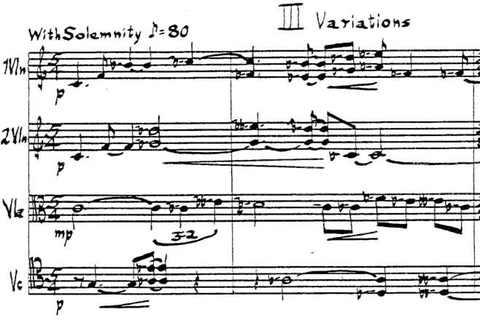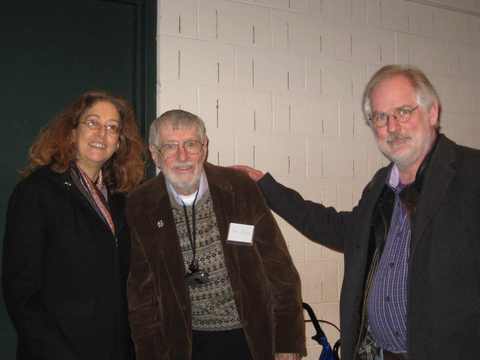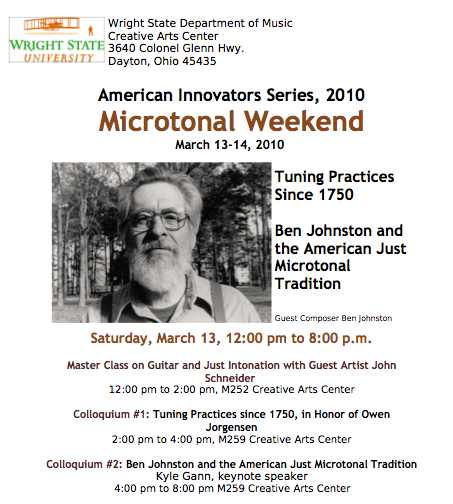OK, kids, gather around, it’s time for Uncle Kyle to continue your education in Serbian music. I’ve already told you about Ljubica Maric (1909-2003), who was the country’s leading modernist composer of the early 20th century, and the only woman to occupy that position in her country’s culture. Nor will I repeat what I said there about Stevan Stojanovic Mokranjac (1856-1914), the country’s leading musical patriarch and composer of traditional choral music.
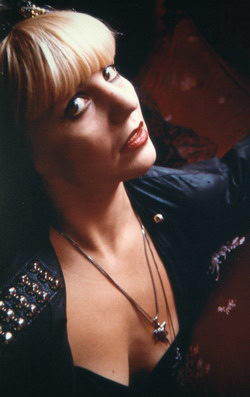




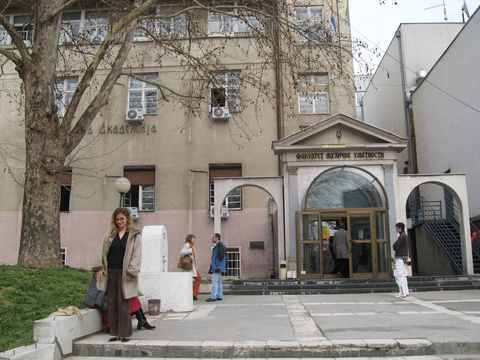




 \
\